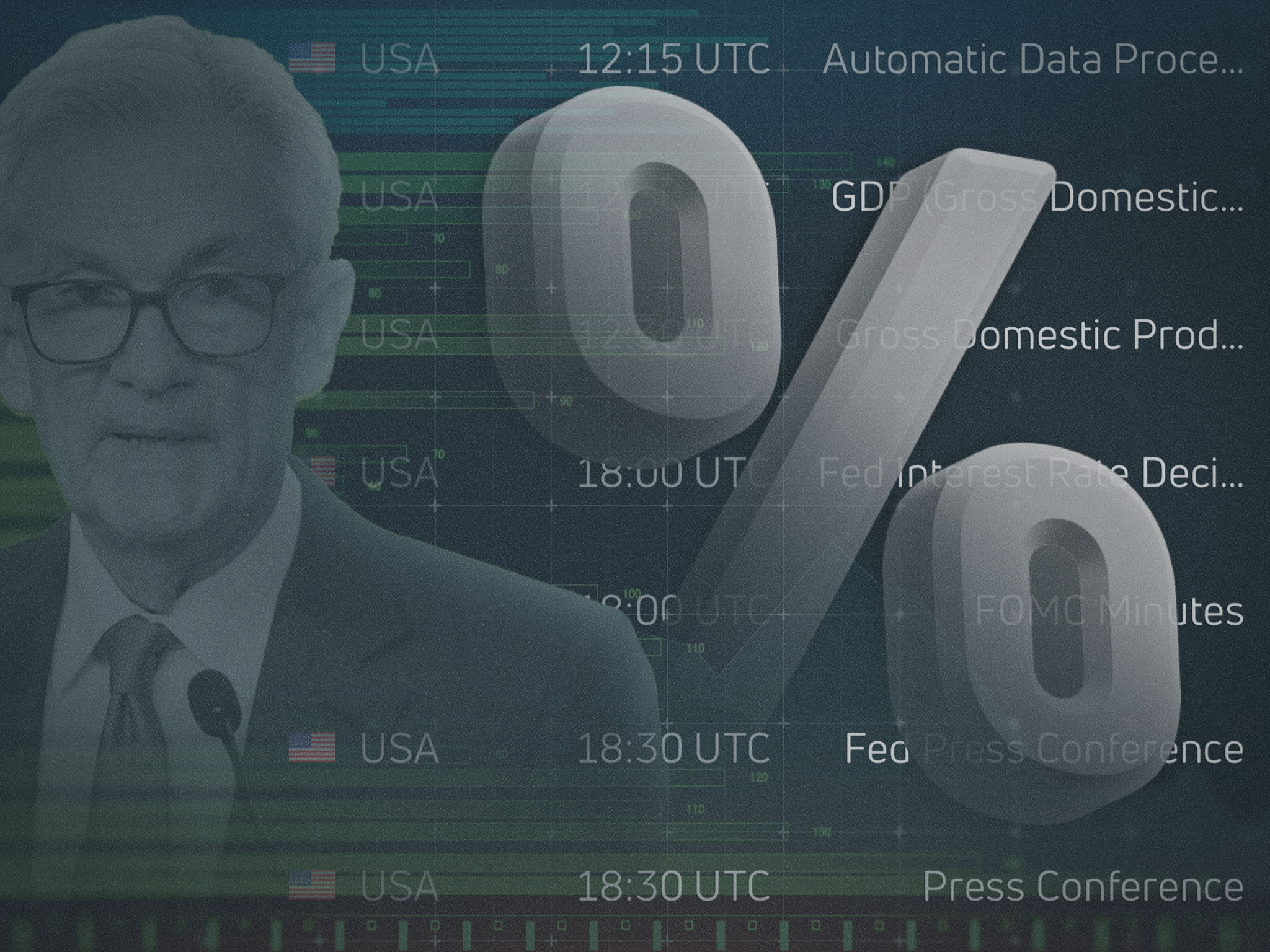As the Federal Reserve prepares to meet this week, financial markets are abuzz with talk about GDP, employment and labor numbers.
But these may not be the key data for the Fed’s interest-rate decision. Rather it may be the neutral federal funds rate. The fed funds rate is set by the Fed and helps dictate the level of market interest rates.
The neutral rate is the rate which keeps the economy humming at full employment and keeps inflation stable at the Fed’s target. In other words, the rate neither restricts nor stimulates the economy.
The Fed produces an estimate of the neutral rate by analyzing reams of economic data. That includes GDP growth, unemployment and inflation. Still, there’s no guarantee that this estimate will be correct.
Turning to the economy, labor market and inflation, they all seem to be in a good place now. GDP shrank an annualized 0.5% in the first quarter as businesses stocked up on goods ahead of the implementation of tariffs. But the Atlanta Federal Reserve’s forecast model calls for GDP growth of 2.4% in the second quarter.
As for jobs, non-farm payrolls rose 147,000 in June, though almost half the gain came from the government sector. Still, unemployment stood at a paltry rate of 4.1% during the month. Looking at inflation, the Fed’s favored indicator, the personal consumption expenditures price index, climbed 2.3% in the 12 months through May. That’s not far from the Fed’s target of 2%.
Economic conditions might be just right
So inflation, economic growth and the employment market really aren’t a big deal right now. They’re pretty much in a happy place for the Fed.
The question, given these conditions, is what is the neutral rate for fed funds. There’s no iron-clad formula for figuring that out. It’s more art than science.
The Fed’s current neutral rate estimate at 3%. That’s far below the actual fed funds rate of 4.25% to 4.50%. And that gives the Fed room to cut rates now, says Fed Gov. Christopher Waller, rumored to be in the running for the next chairmanship of the central bank. Most experts expect no change from the Fed this week.
You can easily disagree with the 3% neutral-rate calculation. Harvard economist and former Treasury Secretary Larry Summers estimated last year that it was “comfortably above 4%.” However, it’s harder to disagree with the idea that the neutral rate may be the most important issue at the Fed’s meeting Tuesday and Wednesday.
Market chatter doesn’t always center on the crux of the matter.




Comments